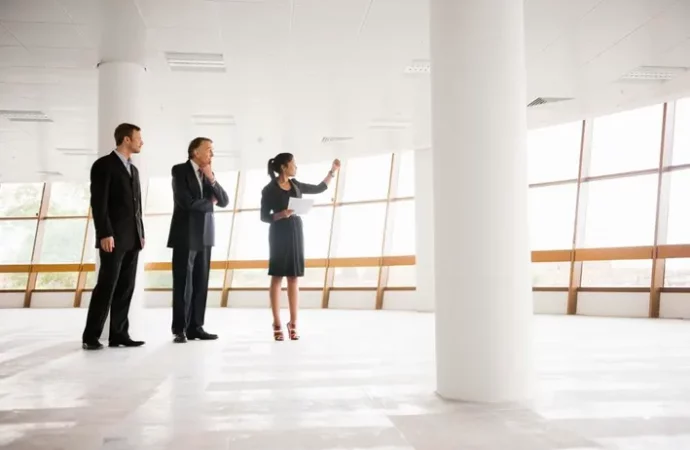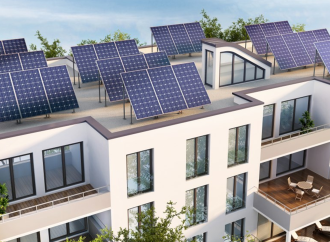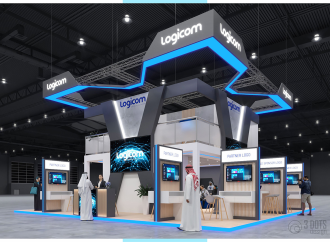Introduction The COVID-19 pandemic has had a profound impact on the commercial real estate industry, reshaping the way businesses operate and altering the demand for various property types. In this article, we will delve into the effects of the pandemic on commercial real estate, examine the current state of the market, and discuss the industry’s
Introduction
Impact of the Pandemic on Commercial Real Estate
- Remote Work and Office Space: The widespread adoption of remote work during the pandemic has led to a reevaluation of office space needs. Many companies have embraced flexible work arrangements, reducing their office footprint or implementing hybrid work models. This shift has resulted in decreased demand for traditional office spaces and increased interest in flexible, collaborative workspaces.
- Retail and E-commerce: The pandemic has accelerated the growth of e-commerce, leading to challenges for traditional brick-and-mortar retail. Many retailers have faced closures, reduced foot traffic, and increased competition from online platforms. However, there are opportunities for repurposing retail spaces for fulfillment centers, last-mile delivery hubs, or experiential retail concepts.
- Industrial and Logistics: The surge in e-commerce has driven increased demand for industrial and logistics properties. Warehouses, distribution centers, and fulfillment facilities have become crucial components of the supply chain. The growth of online shopping and the need for efficient logistics infrastructure present opportunities for investment and development in this sector.
- Hospitality and Tourism: The hospitality and tourism industry has been severely impacted by travel restrictions and reduced consumer confidence. Hotels, resorts, and other accommodation providers have experienced significant declines in occupancy rates and revenue. Recovery in this sector will depend on the successful containment of the virus and the return of travel demand.
Future Outlook and Opportunities
- Adaptive Reuse and Repurposing: As the commercial real estate landscape evolves, there are opportunities for adaptive reuse and repurposing of properties. Converting underutilized office spaces into mixed-use developments, transforming retail spaces into community hubs, or repurposing hotels for alternative uses can breathe new life into the industry.
- Sustainability and Wellness: The pandemic has heightened awareness of health and wellness considerations in the built environment. There is a growing demand for sustainable, energy-efficient buildings that prioritize occupant health and well-being. Developers and investors can capitalize on this trend by incorporating green building practices and wellness-focused amenities.
- Technology Integration: The integration of technology in commercial real estate will continue to play a significant role. Smart buildings, IoT devices, and data analytics can enhance operational efficiency, improve tenant experiences, and enable better decision-making for property owners and managers.
- Flexibility and Adaptability: The ability to adapt to changing market dynamics and tenant needs will be crucial for success in the post-pandemic era. Embracing flexible lease terms, agile space configurations, and tenant-centric approaches can attract and retain occupiers in a rapidly evolving business environment.

Image by: https://www. foley. com
Conclusion
Visual Table for Key Points:
| Topic | Main Points |
|---|---|
| Immediate Impact of the Pandemic | – Office Spaces and Remote Work |
| – Retail Sector Dynamics | |
| – REIT Performance and Market Trends | |
| Emerging Trends and Innovations | – Remote Work Technology and Infrastructure |
| – Adaptations in Property Design and Amenities | |
| Tenant Priorities and Lease Dynamics | – Flexible Arrangements and Safety Measures |
| – Negotiation Shifts in Lease Agreements | |
| Growth Sectors in Commercial Real Estate | – Industrial and Logistics: A Bright Spot |
| – Retail’s Evolution Towards Omnichannel Experiences | |
| Sustainability and ESG Integration | – Sustainable Building Practices and Certifications |
| – Investor Focus on ESG Factors | |
| Strategies for Post-Pandemic Success | – Resilience and Adaptation Strategies |
| – Forecasting Trends for Informed Decision-Making |
Organic Keyword Usage
Throughout the article, relevant keywords such as “commercial real estate,” “pandemic impact,” “office spaces,” and related terms will be naturally integrated to provide valuable context and improve searchability.
Human-Centric Formatting
The article will employ clear and concise language, breaking down complex concepts into easily digestible sections. Visual elements like images and infographics will be used to enhance comprehension and ensure a reader-friendly experience.





















Leave a Comment
Your email address will not be published. Required fields are marked with *